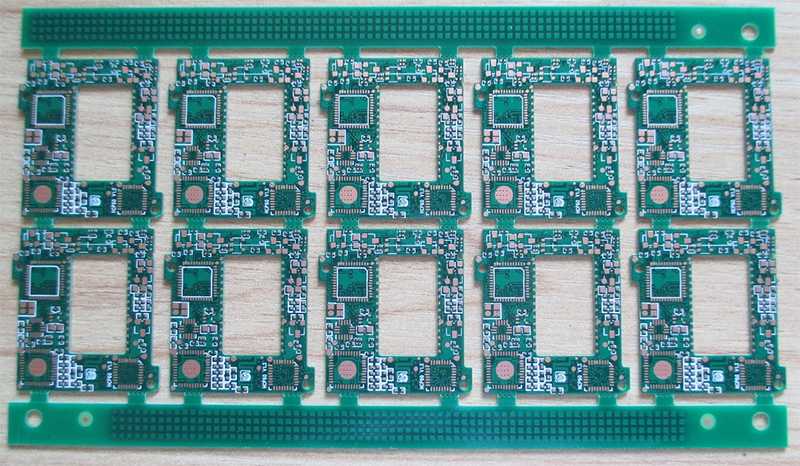Know About the Technology behind High Temperature PCBs
Keywords: High Temperature PCB
In the ever-evolving landscape of electronic design, where performance demands continually push boundaries, High Temperature PCBs (Printed Circuit Boards) have emerged as unsung heroes. These specialized circuit boards are engineered to withstand extreme heat, making them indispensable in applications where conventional PCBs would falter. In this blog, we delve into the fascinating world of High Temperature PCB, exploring their significance, applications, and the technology that makes them a cornerstone in cutting-edge electronic design.
High Temperature PCBs, also known as High-Tg (glass transition temperature) PCBs, are designed to operate in environments where elevated temperatures are the norm. Traditional PCB materials, like FR-4, can experience performance degradation when exposed to high temperatures, limiting their use in certain applications. High Temperature PCBs overcome this limitation by employing advanced materials with higher Tg values, ensuring stability and reliability in extreme thermal conditions. From the skies to the depths of the ocean, from the heart of industrial manufacturing to the forefront of medical innovation, these PCBs are a testament to the relentless pursuit of excellence in electronic engineering.
Technology behind High Temperature PCBs
Advanced Substrates
High Temperature PCB use substrates with high glass transition temperatures, typically exceeding 170°C. These substrates include materials like polyimide and PTFE (Polytetrafluoroethylene), known for their excellent thermal stability.
Specialized Laminates
The laminates used in High Temperature PCBs are carefully selected for their ability to withstand heat without compromising electrical performance. These laminates often feature enhanced thermal conductivity to dissipate heat effectively.
Robust Copper Foils
The copper foils used in High Temperature PCBs are designed to resist oxidation and maintain their electrical conductivity at elevated temperatures. This ensures that the PCB can perform reliably even in challenging thermal environments.
High Temperature PCB is the unsung champions of electronic design, enabling the seamless operation of electronic systems in extreme thermal conditions. As technology continues to advance, the demand for these specialized circuit boards will likely grow, unlocking new possibilities in industries where high temperatures were once a barrier. As we navigate the future of electronic design, High Temperature PCBs will undoubtedly remain a cornerstone in the foundation of innovation.





